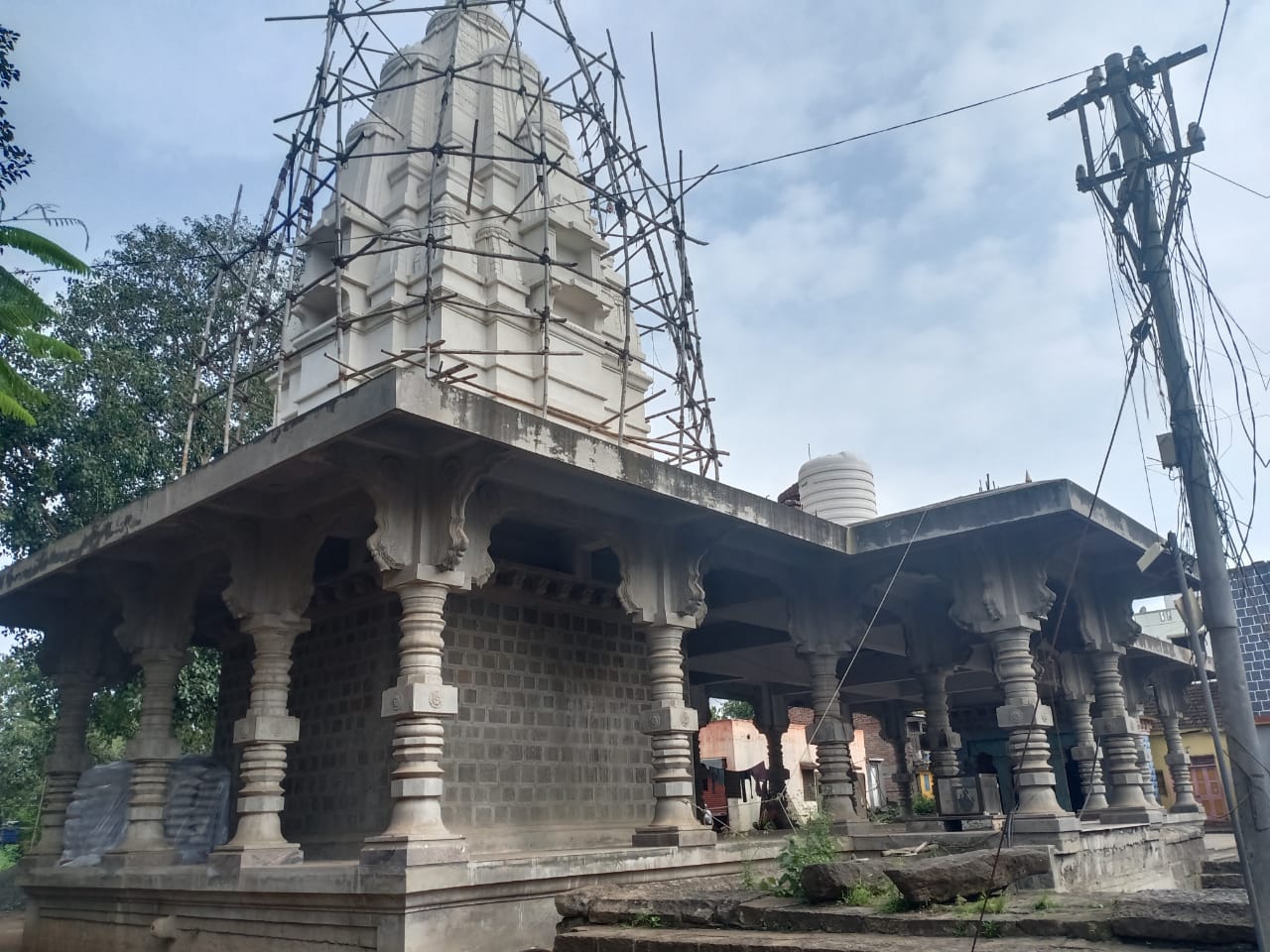India’s temple architecture is a testament to the country’s cultural diversity, religious traditions, and artistic excellence. Over centuries, regional influences have given rise to distinct architectural styles, each with its unique characteristics and significance. A Temple Architect in India plays a crucial role in designing and preserving these architectural marvels, blending traditional principles with modern innovations. The Jain Temple Sompura architects and Temple Construction Services in Rajasthan are key contributors to this legacy, particularly in the construction of Jain temples and other iconic structures.
The Three Major Styles of Temple Architecture
Indian temples are classified into three primary architectural styles based on geographical and cultural influences:
1. Nagara Style (North India)
The Nagara style is predominant in North India and is characterized by its curvilinear spires, intricate carvings, and compact design.
Key Features:
- Shikhara (Spire): A tall, curvilinear tower rising above the sanctum.
- Mandapa (Assembly Hall): Often adorned with elaborate sculptures and carvings.
- Symbolism: Representations of cosmic and spiritual themes in the carvings.
Examples: Temples like the Khajuraho Group of Monuments and the Sun Temple at Konark are iconic representations of this style.
2. Dravidian Style (South India)
The Dravidian style, dominant in South India, features large gopurams (gateway towers) and sprawling temple complexes.
Key Features:
- Gopuram: Ornately decorated entrance towers.
- Vimana: The pyramid-shaped tower above the sanctum.
- Temple Complex: Includes water tanks, gardens, and multiple shrines.
Examples: The Brihadeeswarar Temple in Tamil Nadu and the Meenakshi Temple in Madurai are exemplary Dravidian-style temples.
3. Vesara Style (Central India)
The Vesara style is a blend of Nagara and Dravidian styles, seen primarily in Karnataka and parts of Maharashtra.
Key Features:
- Shikhara-Vimana Fusion: Combines the curvilinear spires of Nagara style with the tiered vimana of Dravidian style.
- Ornate Sculptures: Depictions of deities, myths, and daily life.
- Compact Design: Smaller complexes compared to Dravidian temples.
Examples: The temples of the Hoysala dynasty, such as the Chennakesava Temple at Belur, exemplify the Vesara style.
The Distinctive Features of Jain Temple Architecture
Jain temples represent a unique aspect of India’s architectural heritage, emphasizing simplicity, precision, and spiritual harmony. The Jain Temple Sompura architects have been instrumental in creating these structures, particularly in Rajasthan, Gujarat, and Madhya Pradesh.
Key Features of Jain Temples:
- Intricate Marble Work: White marble is extensively used, especially in Rajasthan, to create intricate carvings and detailed sculptures.
- Chaumukha Layout: Temples often feature a four-faced design symbolizing the omnipresence of Tirthankaras.
- Sculptural Excellence: Every surface, from pillars to ceilings, is adorned with elaborate carvings.
Iconic Jain Temples:
- Dilwara Temples, Mount Abu: Known for their stunning marble craftsmanship.
- Ranakpur Jain Temple, Rajasthan: A masterpiece of design and symmetry, built by Jain Temple Sompura architects.
Temple Construction Services in Rajasthan: A Blend of Tradition and Craftsmanship
Rajasthan is a hub for temple construction, thanks to its skilled artisans, availability of high-quality materials, and rich heritage. Temple Construction Services in Rajasthan cater to the creation of traditional temples, particularly Jain temples, that reflect both artistic and spiritual values.
Why Rajasthan is a Leader in Temple Construction:
- Abundant Marble and Sandstone: Rajasthan’s natural resources are ideal for temple construction.
- Expert Craftsmanship: The state is home to artisans and architects specializing in traditional temple-building techniques.
- Cultural Heritage: Rajasthan’s temples reflect a blend of regional aesthetics and religious symbolism.
The Role of Temple Architects in Preserving Styles
A Temple Architect in India is essential in preserving the unique styles of Indian temple architecture. Their expertise ensures that:
- Traditional techniques and principles are followed.
- Modern innovations are incorporated without compromising heritage.
- The cultural and spiritual significance of the temple is maintained.
Jain Temple Sompura Architects
The Sompura architects specialize in designing Jain temples, focusing on precision, sacred geometry, and intricate detailing. Their work has set a benchmark for temple architecture in India.
Challenges in Preserving Temple Architecture
Despite the grandeur of Indian temples, several challenges threaten their preservation:
1. Environmental Impact
Pollution and climate change pose risks to ancient temples, particularly those built with delicate materials like marble and sandstone.
2. Restoration and Maintenance
Restoring centuries-old temples requires specialized skills to ensure structural integrity and authenticity.
3. Urbanization and Modernization
The increasing demand for space and infrastructure often conflicts with the preservation of historical sites.
Modern Innovations in Temple Construction
While rooted in tradition, temple construction has embraced modern technologies to overcome challenges and enhance efficiency.
Examples:
- 3D Modeling: Helps visualize complex designs and ensure accuracy.
- Sustainable Practices: Using eco-friendly materials and energy-efficient techniques.
- Digital Preservation: Creating virtual models of temples for restoration and research purposes.
Conclusion
India’s temple architecture is a treasure trove of cultural and artistic heritage, showcasing diverse styles shaped by regional and historical influences. From the curvilinear spires of Nagara temples to the intricate carvings of Jain temples, each style reflects the genius of a Temple Architect in India .
The Jain Temple Sompura architects and Temple Construction Service in Rajasthan continue to play a pivotal role in preserving and enhancing these architectural traditions. By blending ancient wisdom with modern technology, they ensure that these temples remain timeless symbols of faith and heritage

